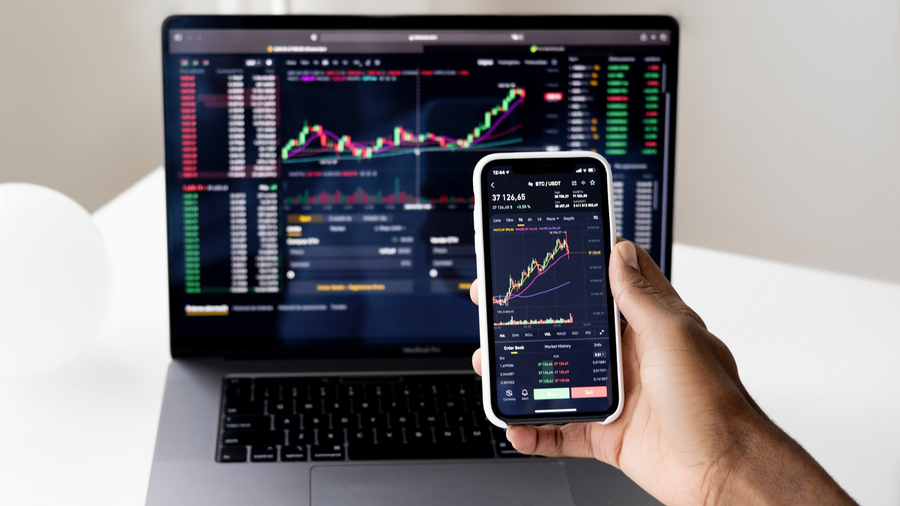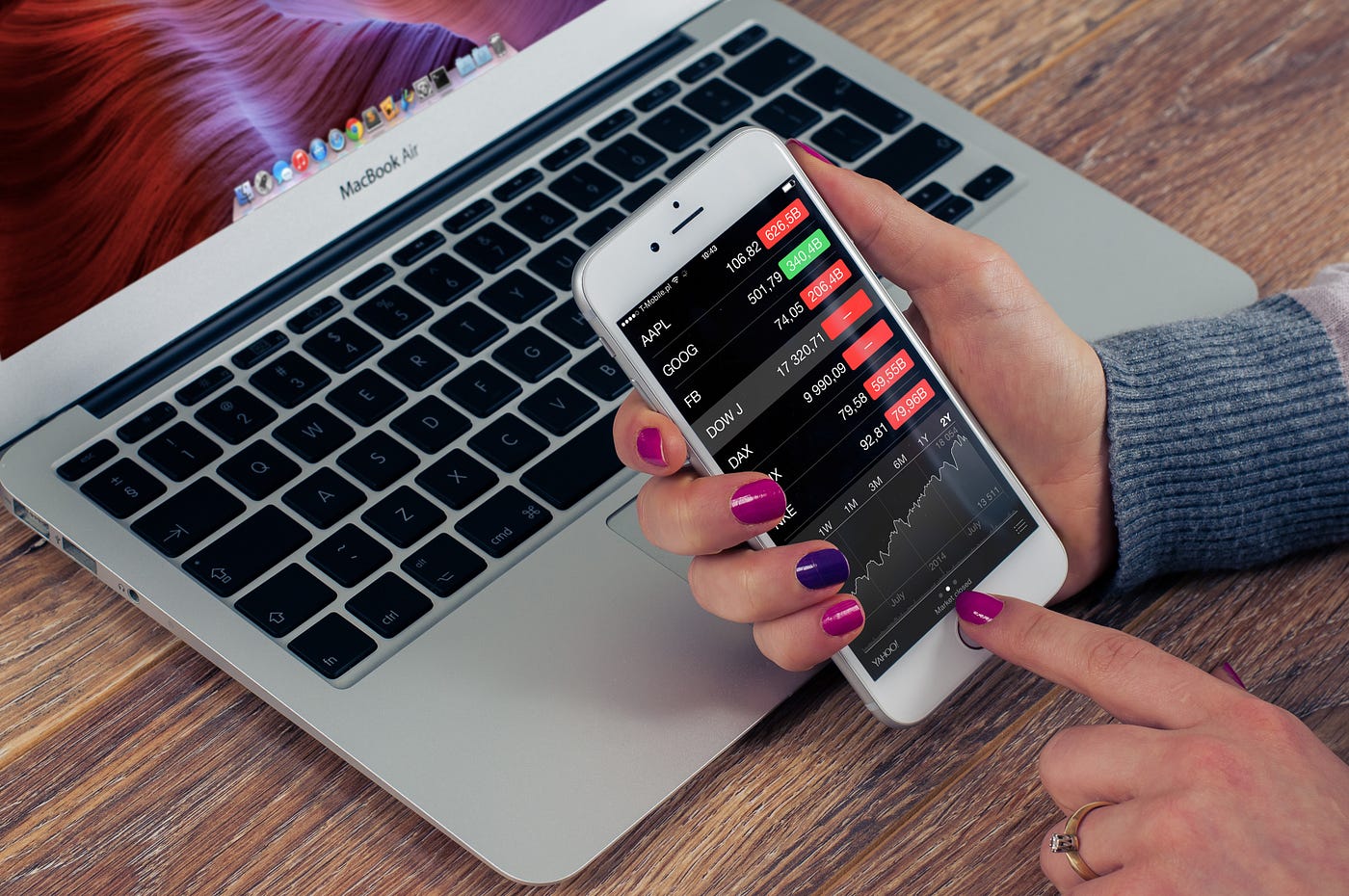New traders often make costly mistakes, including ignoring stop-loss orders, leading to 50% higher loss risks, per SEC reports.
Not Understanding Market Orders
Market Orders
Interestingly, Market orders is the type of trading order that might be considered the most straightforward. However, beginners do not fully understand them. Indeed, compared to limit orders or stop orders, market orders are the simplest. It is important to know the difference between them before purchasing any course. A market order occurs immediately and is completed at the market’s current price.
Limit Orders
Alternatively, a limit order allows the trader to decide whether to buy or sell at a specific price. If a share is currently worth $50, an individual may place a limit order to buy at $48 to guarantee they do not acquire it for more than that. In contrast, a stop order takes place when a share gets to a specific cost. This provides a possibility to restrict loss.
Stop Orders and Common Mistakes
However, even though they might appear challenging, these are not the most common options to get wrong. Sometimes, Market orders is mistakenly placed during a storm period. This may lead to assertions in a different direction than planned. Inventory prices fluctuate throughout stressful times; for example, before the company issues their earnings statements or statements, they dive up and down quickly. According to the SEC, assertions might cause a 1-2 percent increase in trading costs, which might damage one’s funds.
The Importance of Stop-Loss Orders
Not setting stop-loss orders is common. It might result in large losses. Automatically, stop-loss indicates an assertion and acquires them a determined sell price if it goes far was initially purchased. For instance, if a person acquires $100 of possession, if it falls to $90, that individual will get a 10 percent loss if it continues to slip. If automated stop was designated $95, a person receives a 5 percent if it continues to slip. According to the data obtained from a trading survey, everyone steals funds 20 percent maximum over those who do not utilize automatic termination.
Steps to Follow
Steps to be followed as a guideline include; knew many order types and practiced it on their own before taking any training on markets or anything. Moreover, he/she passed the latest market states, limited everything entered, and exited orders. Always set up termination. Make in your mind how much you agreed to lose faith and how much each plan should develop. Keep, modify, and alter everything. Closely attend to your trading patterns and modify and adjust each. Always pay attention to what was learned, and how much, on average, you gain and need precise calculations.

Poor Risk Management
Understand Your Risk Tolerance
Risk management is the cornerstone of all profitable trading. The first step to risk management is to understand your risk tolerance. Different traders will have different risk appetites based on factors such as their financial status, objectives in trading, and how comfortable they are to handle risk. For example, a young trader with a regular income might be comfortable risking more while an elderly trader living on his savings will be risk-averse. Charles Schwab conducted a research that found that traders who manage their risk well performed 30% better in reaching their desired financial state.
The 2% Rule
A common and recommended way of managing risk is to abide by the 2% rule. That is to never risk more than 2% of your account capital on a single trade. In this case, if the account has $10,000, the most you should lose on a trade is $200. Most traders who adhere to this rule indicate a lower probability of an account blowout.
Diversify to Reduce Risk
Diversification is also a critical element of risk management. This will reduce the impact of a losing asset on your overall portfolio. This will spread the risk to limit the overall loss. For example, instead of investing all your money in a single technology industry, invest some in healthcare, energy, and consumer goods. Vanguard research shows that diversification can reduce risk by up to 40%.
Profit and Loss Target
Having a set profit and loss target is also critical. This will ensure that you have a set amount of what you are ready to lose and what you can gain. This target should meet the risk/reward ratio principle. The higher the reward, the lower the number of risks. A common risk/reward ratio is 1:3. For instance, if a trade loses $50 below your entry, it is advisable to gain a profit of at least $150 above the entry.
Deviate from Strategy
Emotional trading is a significant facilitation to poor risk management practices. When a trader’s emotions influence the type of trade he/she makes, a trader may hold onto a losing position with the hope of a rebound or leverage a trade in greed for faster profits. Research in the Journal of Financial Planning shows that a disciplined risk management plan, regardless of market emotion, can lead to an improvement in trading performance by 25%.
Overtrading
Overtrading Explained
Overtrading is a phenomenon in which traders buy and sell securities excessively and impulsively. They do so in response to emotional triggers rather than rational thought. This method can lead to the quick depletion of trading capital and financial loss. In fact, the Financial Industry Regulatory Authority reports that overtrading is a significant cause of money loss among new traders.
Recognizing Overtrading
It is crucial to recognize the signs of overtrading. Some parameters to assess are making too many continuous trades without a plan, monitoring the market’s every move and reacting to it, trading anxiety, and others. For instance, if a trader places several trades daily and lacks a plan to do so, it is likely they are overtrading. Moreover, a study conducted by Science Direct shows that excessive trading increases a trader’s chances of underperforming the market by 50%.
Trading Costs
Overtrading also increases trading costs. Each trade attracts a specific fee that gradually adds up during extensive trade periods. For example, if the trade number is about a hundred a month and a trade attracts a $10 commission, that would be $1,000 a month, only in fees. According to the Journal of Finance, active traders often lose up to 6% of their portfolios yearly as a result of trading costs.
Emotional and Psychological Consequences
The emotional and psychological consequences of overtrading include stress, burnout, and emotional and physical exhaustion. For example, a trader can trade impulsively due to current market indicators such as short-lived fluctuations. A study by Owler reveals that stressed traders underperform by 23% compared to relaxed ones.

Ignoring Market News
Importance of Staying Informed
Staying informed about market news is essential for several reasons. First, neglecting market news can make you oblivious to excellent trading opportunities and events that might cause losses. For example, stock prices can respond sharply to significant economic announcements, such as those regarding Federal Reserve interest rate decisions or employment reports. A Bloomberg report found that traders who actively follow the news have a 20% higher success rate in predicting stock movement.
Types of Market News to Follow
Following are the types of market news that are highly important to follow for businesses:
- Economic Indicators: Reports about GDP growth, employment reports, and consumer confidence inform you of the economy’s general health.
- Corporate Earnings: Information on companies’ quarterly earnings can influence their stock prices and the marketplace’s perception of entire industries.
- Geopolitical Events: Market volatility can be caused by changes in the political sector, such as elections, trade negotiations, and military conflicts.
- Industry and Sector Trends: News about rising technology, regulatory changes, and sector competitiveness can affect the performance of a stock.
Ignoring the News
Ignoring the news, however, does not imply that it will benefit you in the long run. For example, if no earnings report is heard, one might hang onto a stock that is likely to miss earnings projections and thus fall considerably in price. According to the National Bureau of Economic Analysis, traders neglecting the news are 30% more likely to experience large losses.
Financial News Sources
Real-time news about specific stocks, sectors, and the economy can be found on sites such as Bloomberg, Reuters, and CNBC. Giving certain stocks or economic indicators alerting configurations could be used to notify you.
News Applications
Customizable news feeds and alerts are available through a variety of applications, including MarketWatch, Yahoo Finance, and Seeking Alpha.
Economic Calendars
Websites like Investing.com and Forex Factory publish economic calendars listing upcoming economic events and their anticipated market impact. It allows traders to prepare for events that might move the market.
Social Media and News Aggregators
Social media platforms like Twitter and news aggregators like Feedly provide easy access to loads of information from numerous news sources. It is possible to subscribe to popular industry experts or financial analysts who tender essential reports and analytics.
News Alerts and Checks
Key announcements or market details would trigger alerts to garner a trader’s attention. For example, traders can set alerts for companies’ earnings reports or other relevant indicators of companies on a trading portfolio to make more effective decisions. Current Market News should be checked regularly. News about a particular market, stock, or company is very important before investing in that particular company. For example, when a company releases its results, its stock will automatically go up or down before and after.
News Analysis on Impact
News and key financial publications sometimes strongly affect the market or individual stock.
Neglecting Stop-Loss Orders
Significance of Stop-Loss Orders in Risk Management
Stop-loss orders are one of the most critical risk management tools in trading. A stop-loss order is an order automatically selling stock when it reaches a specific price level, therefore limiting the losses. For example, if the stock bought at $50, then a 10% loss stop-loss at $45 won’t allow losing more than 10% of the investment. “Fidelity found that traders who use stop-loss orders reduce their average loss sizes by 25%”.
Being Arrogant
One of the main reasons traders neglect stop-loss orders is due to overconfidence in their success, lack of education on the importance of stop-loss, or emotional investment in stocks. “Forty percent of those that do not use a stop-loss are emotionally invested in their trades”.
Sensitivity of Financial Losses
Without a stop-loss order, traders are at risk of considerable financial losses if the market moves against them. For example, during a stable market, prices of stocks, in a downturn, can fall incredibly quickly, causing traders to lose a significant part of their available capital. “A study by the SEC found that traders without stop-loss orders are 50% more likely to suffer from catastrophic loss”.
Steps Toward Using Stop-Loss Orders Effectively
- Determine the risk tolerance
- Set realistic stop-loss levels
- Regularly review and adjust
- Use trailing stop-loss
Case Study
Stop-loss during the 2008 financial crisis was a useful tool to prevent rising investment losses. For example, the use of a stop-loss allowed traders to leave their positions early and save a part of their capital. According to the results of the Crisis: “Research suggests that using a stop-loss reduces loss severity by as much as 40% compared with what traders using no stop-loss lost”.






